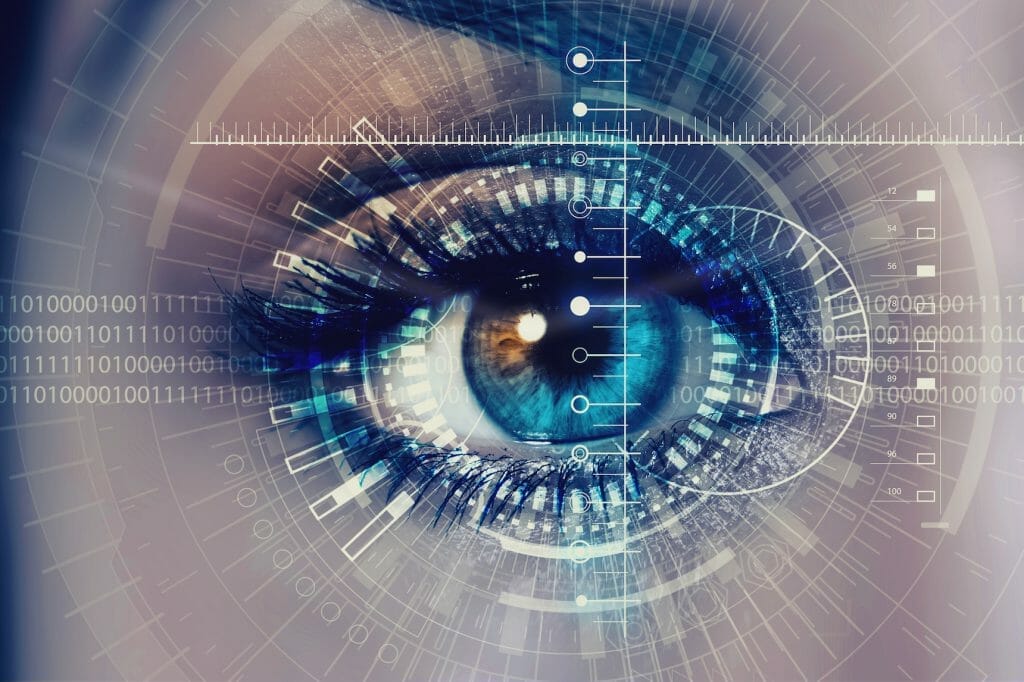The Enigmatic Language of Our Gaze: Unlocking the Secrets of the Mind
September 19, 2023 2023-09-19 14:51
The Enigmatic Language of Our Gaze: Unlocking the Secrets of the Mind
Introduction
Our eyes are often referred to as the windows to our soul, and it’s not without reason. Beyond their role in vision, our eyes serve as powerful messengers, offering a glimpse into the intricate world of our thoughts, emotions, and intentions. In this article, we embark on a journey to explore the captivating connection between our eyes and our innermost workings, uncovering how our gaze can unveil profound insights into our cognitive processes, intentions, and decision-making. Join us as we delve into the intriguing ways our eyes decode the enigmatic depths of our minds.
The Language of Eye Movements
Our eyes are in constant motion, whether we’re aware of it or not. These movements are far from random; they reveal a hidden language that psychologists and researchers have been deciphering for decades. The study of eye movements, known as oculography, has unveiled a treasure trove of information about our mental states:
1. Cognitive Processes Revealed
When we read, our eyes move in a predictable pattern as they follow lines of text. This simple act of reading showcases how our eyes are intimately linked to our cognitive processes. Researchers can analyze these movements to understand how we process information, identify points of confusion, or even gauge our level of engagement with the material.
2. Intentions and Decision-Making
Have you ever noticed how someone’s gaze can reveal their intentions? Our eyes often lock onto objects or people of interest even before we consciously decide to focus on them. This phenomenon can be harnessed in various fields, from marketing to criminal profiling, as it offers a unique window into our unspoken desires and choices.
3. Emotions Laid Bare
Our eyes are also highly expressive when it comes to emotions. Whether it’s the dilation of our pupils when we’re aroused, the narrowing of our gaze in moments of concentration, or the subtle microexpressions that flit across our faces, our eyes betray the feelings we may try to conceal. Researchers in psychology and neurology closely examine these cues to better understand human emotions.
4. Insights into Deception
Deception often leaves a trace in our gaze. When someone is lying, their eye movements may exhibit signs of discomfort, such as increased blinking or aversion of eye contact. Law enforcement and interrogation experts use these subtle cues as tools in detecting deception.
Conclusion
Our eyes are not merely instruments for perceiving the world; they are also mirrors reflecting our innermost thoughts and emotions. The connection between our gaze and our mind is a fascinating subject of study that has applications across various domains, from psychology and neuroscience to marketing and law enforcement.
The linked video offers a deeper dive into this captivating field, showcasing how researchers continue to unveil the secrets hidden within our gaze. As we continue to explore this intricate connection, we gain valuable insights into the workings of the human mind, shedding light on the enigmatic depths of our thoughts and feelings, one glance at a time.
Related Posts
The Enigmatic Language of Our Gaze: Unlocking the Secrets of the Mind
September 19, 2023 2023-09-19 14:51Popular Tags






























